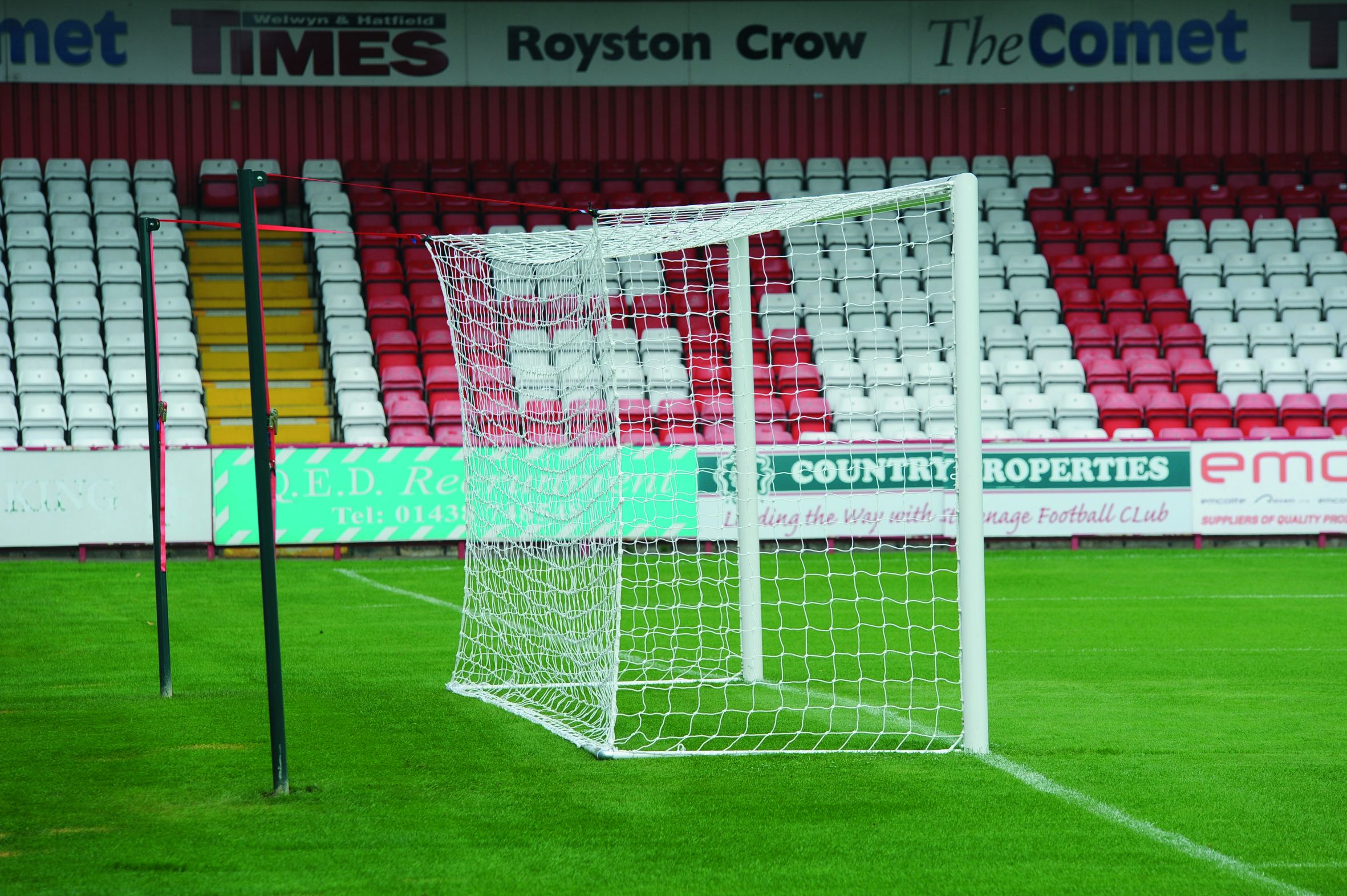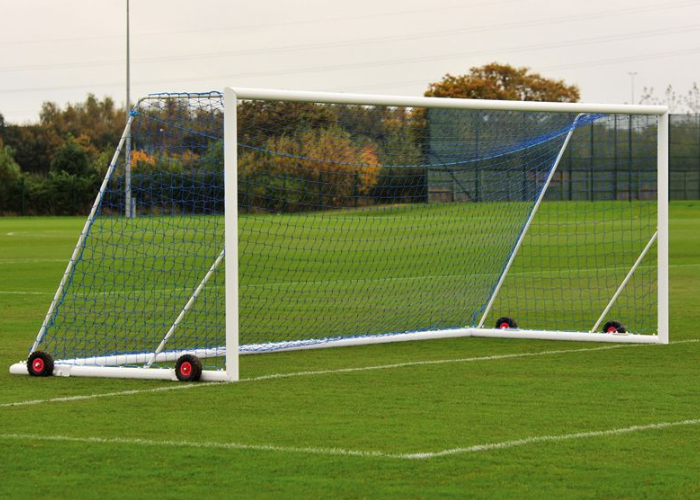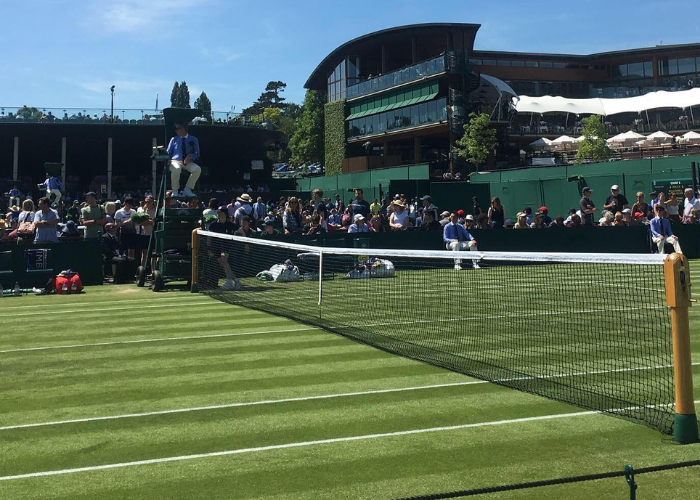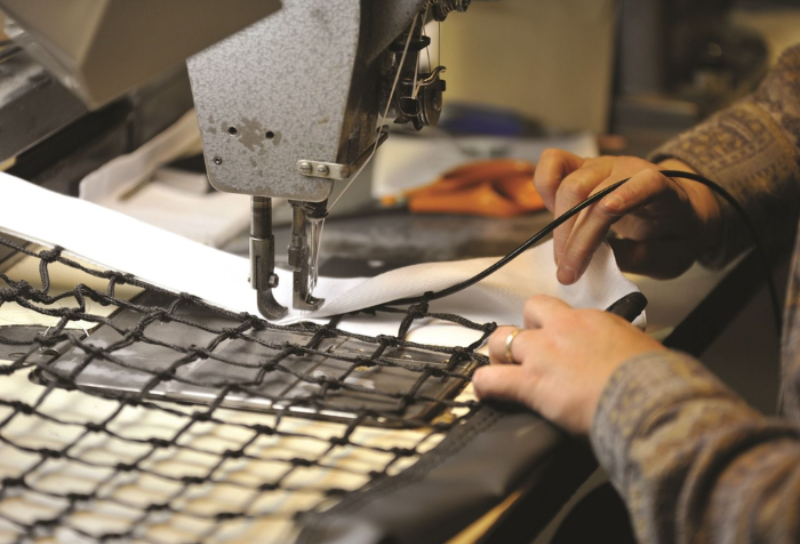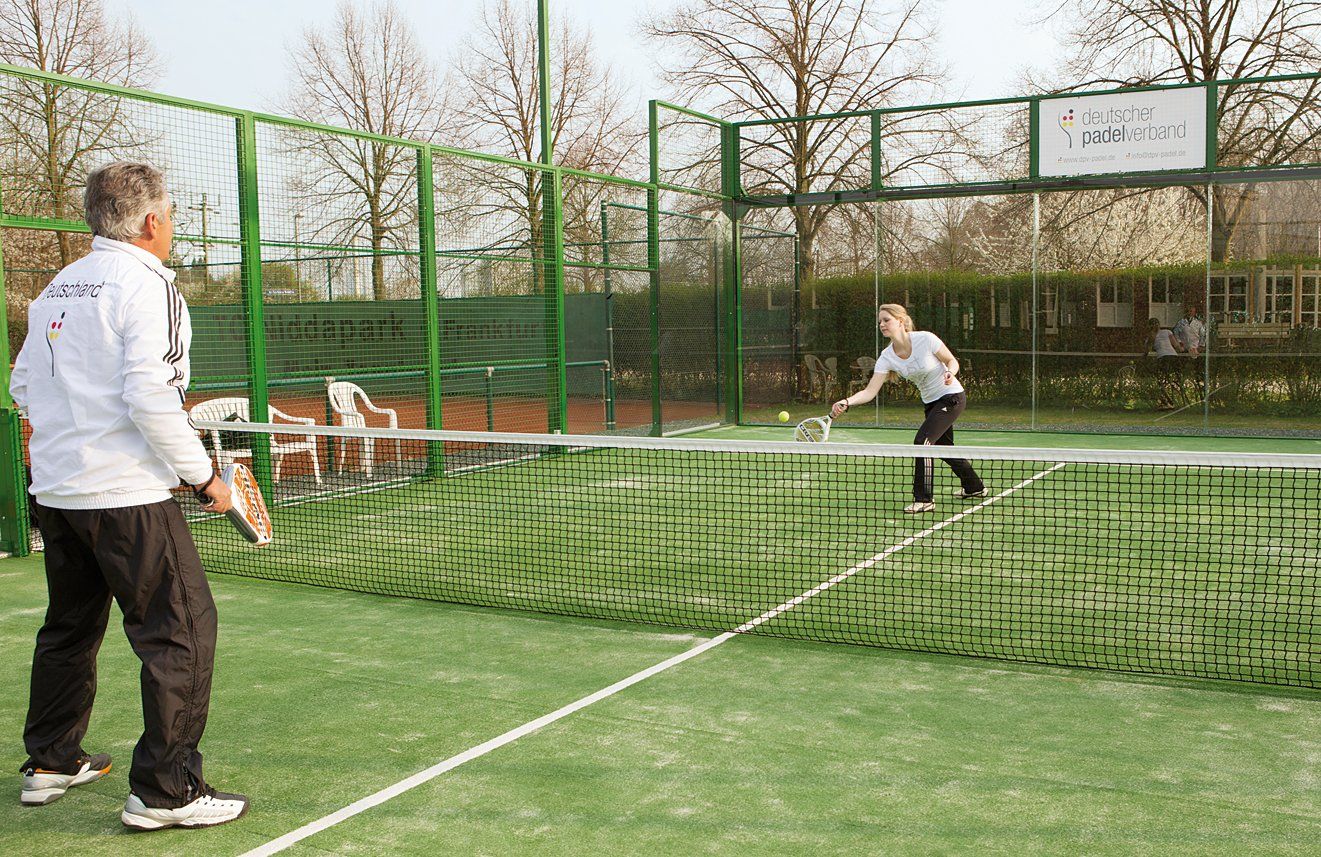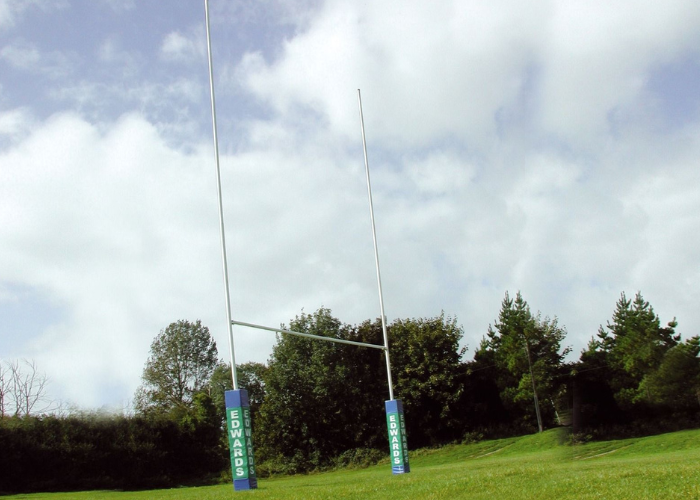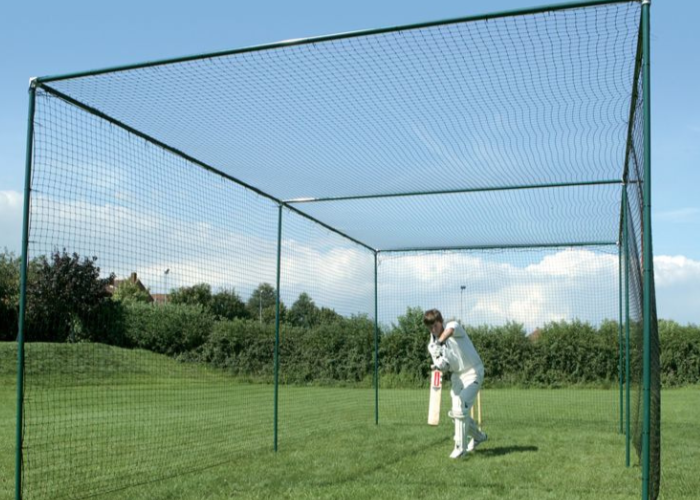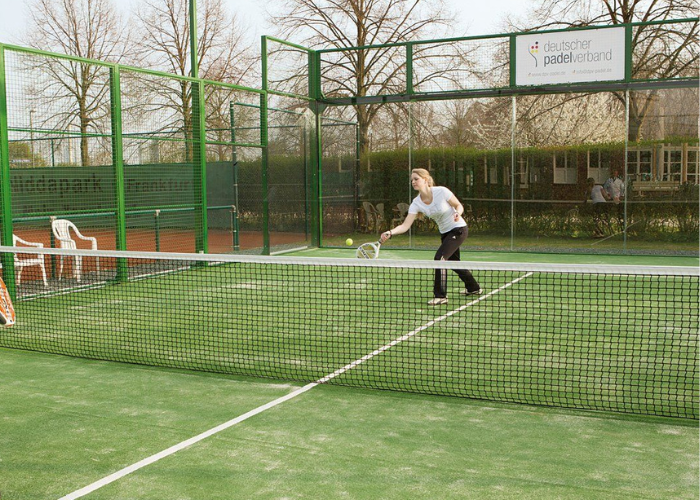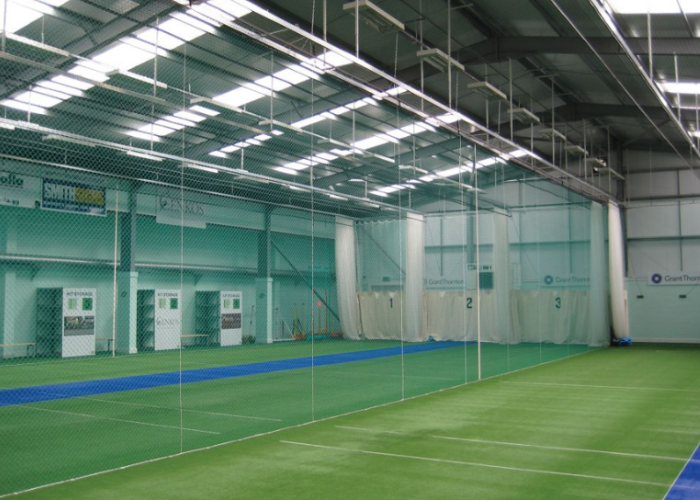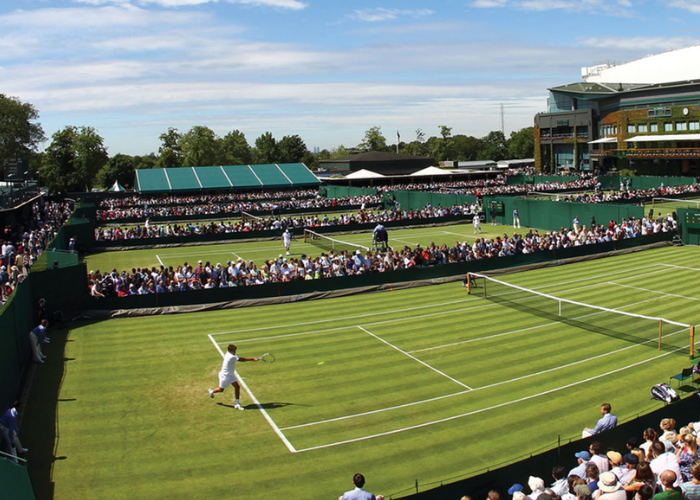We use cookies to make your experience better. To comply with the new e-Privacy directive, we need to ask for your consent to set the cookies. Learn more.
Why Clay Tennis Courts Are the Perfect Court For Any Playing Level
- Admin
- Blog Posts
- 22 Sept 2022
-
8views
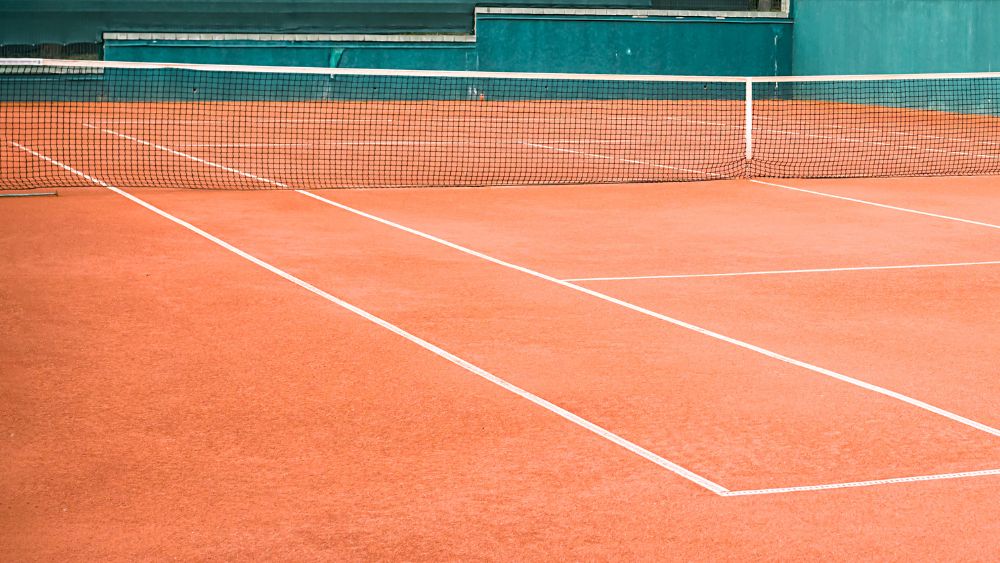
Tennis is a sport enjoyed by people of all ages and skill levels. While there are many different types of tennis courts, clay courts are widely considered to be the best type of court for any playing level.
Here's why:
Slower Pace of Play
One of the reasons why clay tennis courts are ideal for players of all levels is that the pace of play is typically slower on clay than on other types of courts.
This slower pace gives players more time to react and make plays, which can be helpful for those who are still learning the game or working on their skills.
In addition, the slower pace can also make matches more strategic and less reliant on power.
Many Amateurs Prefer Clay Courts
While professional tournaments are played on a variety of different court types, the vast majority of amateur tournaments are played on tennis clay courts.
This preference among amateurs is likely due to the fact that clay courts are more forgiving than other types of courts.
For example, beginner players may find it easier to hit consistent shots on a clay tennis court since there is less bounce than there is on a hard court.
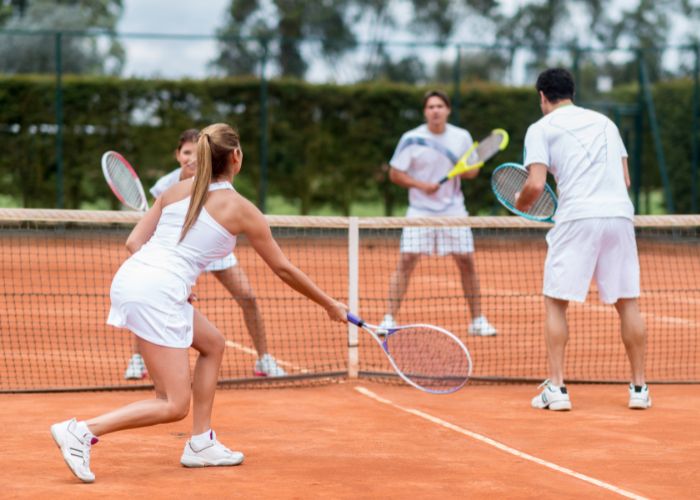
Image: by andresr (from Getty Images Signature) via Canva.com
Clay Courts Are More Gentle On The Body
Since clay absorbs more impact than other types of surfaces, it tends to be more gentle on the body.
This is especially beneficial for older players or those with joint issues. In addition, the cooler temperatures often found at clay court facilities can also be easier on the body, especially during hot summer months.
Red Clay vs Green Clay
Red clay and green clay tennis courts differ in their composition, resulting in different playing characteristics.
Red Clay Tennis Surfaces
Red clay courts are made of crushed brick that is packed to make the court, with the topmost layers consisting of finely crushed loose particles. This type of court is most common in Europe and Latin America.
The surface varies in colour depending on the composition of the bricks used but typically ranges from a light yellow to a deep red.
Green Clay Tennis Surfaces
Green clay courts are made of crushed metabasalt rather than brick, making the surface slightly harder and faster than red clay courts.
These courts are located primarily in the mid-Atlantic and southern United States, as well as Central and Eastern Canada.
Clay Courts Used In Grand Slam Tennis
Clay courts are used in Grand Slam tennis tournaments, such as the French Open, because they provide a slower surface that allows players more time to react to shots.
The clay also produces more bounce than other surfaces, making it more difficult for players to control the ball. Clay courts are also more costly to maintain than other surfaces, as they must be rolled regularly to preserve their flatness.
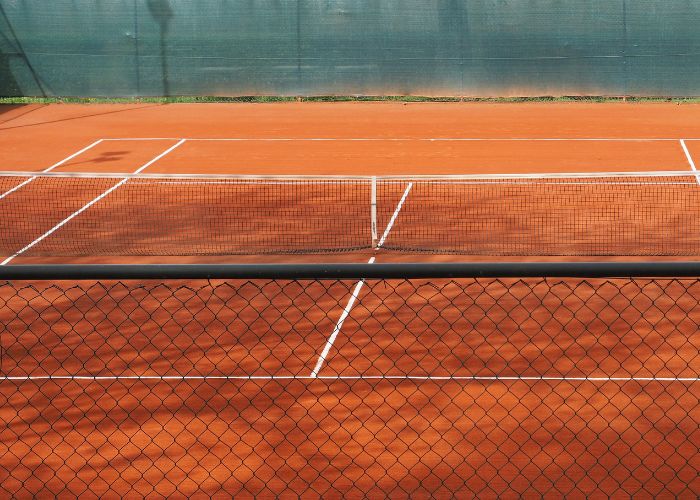
Image: by claudiovizia via Canva.com
Professional Tournaments Played On Clay
The professional clay court season is longer than the grass court season but is still shorter than the hard court seasons.
Clay court tournaments are unique because the surface changes the dynamics of the game. We often see players who are strong on clay struggle on other surfaces.
Clay court tournaments also have a slower pace, which can lead to long and drawn-out matches.
Popular tournaments include the ATP World Tour masters 1000, ATP World Tour 500 and ATP World Tour 250.
A Clay Court Specialist
Clay-court specialists are tennis players who specialise in playing on clay courts.
Their style of play is often characterised by long, winding groundstrokes that generate heavy topspin; these strokes are less effective on faster surfaces where the balls do not bounce as high.
Clay-court specialists tend to slide more effectively on clay than other players, and they are often very adept at hitting the drop shot, which can be effective because rallies on clay courts often leave players pushed far beyond the baseline.
Additionally, the slow, long rallies require a great degree of mental focus and physical stamina.
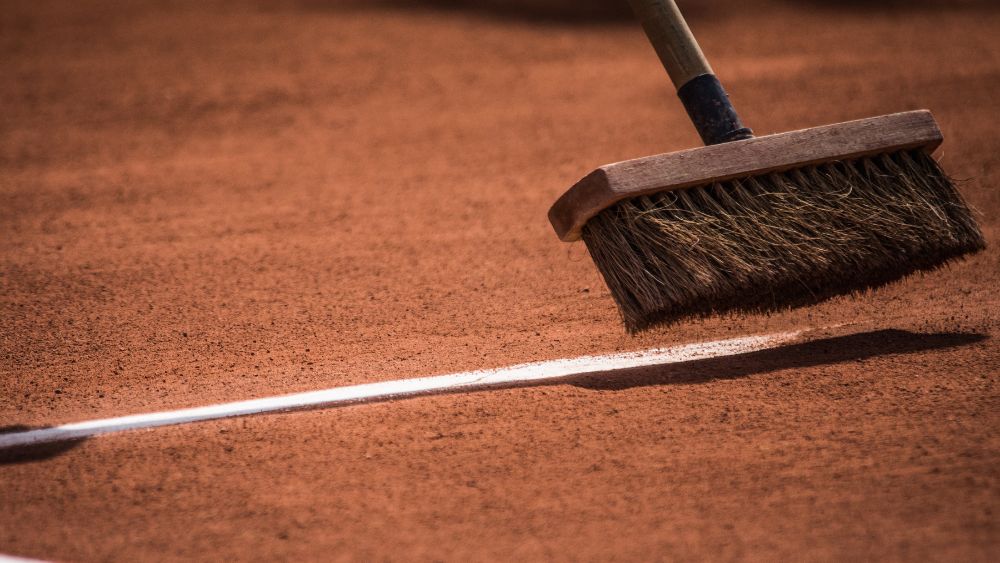
Image: by Regina Cortina (from Getty Images ) via Canva.com
Conclusion: Why Play On Clay Tennis Courts
Whether you're a beginner or a seasoned pro, clay tennis courts are the perfect surface for any playing level.
If you're looking for a more forgiving surface, cooler temperatures, and strategic play, then a clay court is likely the right choice for you.
FAQs
Are clay courts good for tennis?
Clay courts are often considered the best surface for tennis because they provide a slower pace, which can lead to long and drawn-out matches. Additionally, the clay produces more bounce than other surfaces, which can make it more difficult for players to control the ball. Clay courts are also more costly to maintain than other surfaces, as they must be regularly rolled to preserve their flatness.
What are the disadvantages of playing on clay courts?
The main disadvantage of playing on clay courts is that they are more costly to maintain than other surfaces. Additionally, clay courts require a great deal of mental focus and physical stamina. Some players also find that the clay can be hard on their bodies.
What is the best way to clean clay tennis courts?
The best way to clean clay tennis courts is to use a court sweeper. Court sweepers remove debris from the surface of the court without damaging the clay.
What is the point of a clay tennis court?
Clay tennis courts provide a slower surface, allowing players more time to react to shots. The clay also produces more bounce than other surfaces, which can make it more difficult for players to control the ball. Clay courts are also more costly to maintain than other surfaces, as they must be regularly rolled to preserve their flatness.
Featured Image: by Yaraslau(from Getty Images ) via Canva.com








